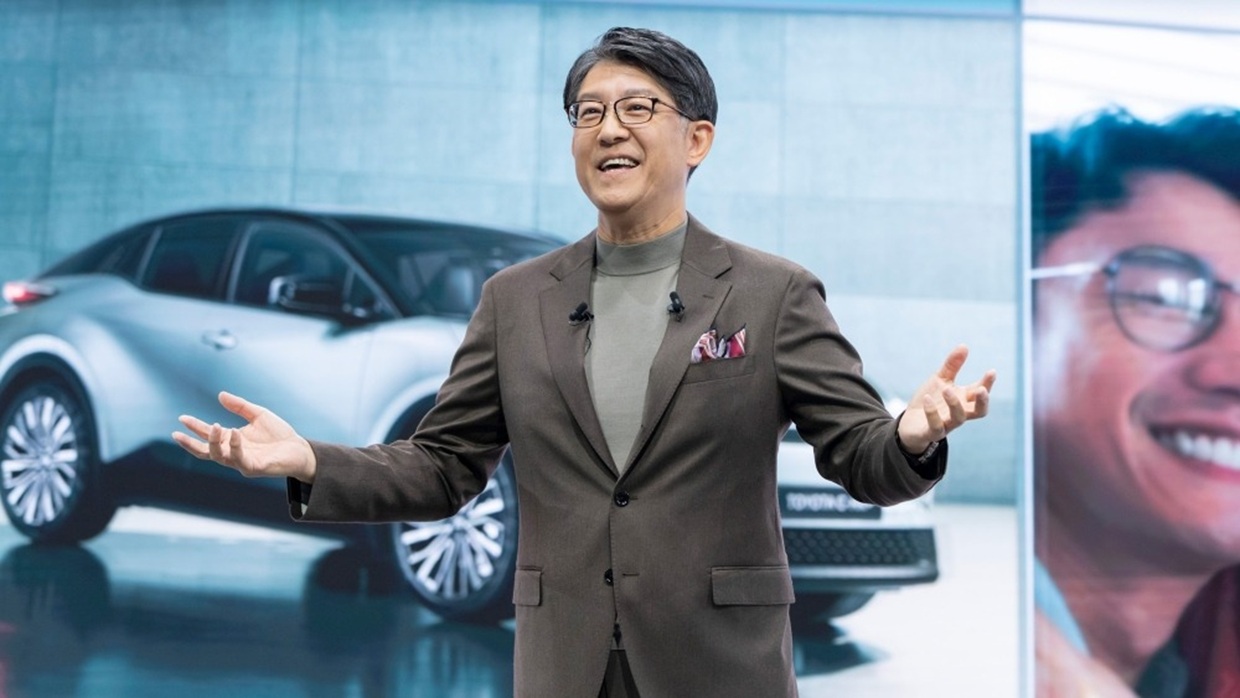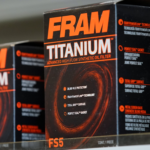Automotive
Koji Sato, CEO of Toyota, used his participation in the Japan Mobility Show 2025 to explain the guiding principle of the group’s new phase.
The brand’s strategy now seeks to unite all propulsion technologies — combustion, hybrids, and electric — under a single principle: to manufacture visually appealing and enjoyable cars to drive.
According to Sato, the objective is simple and straightforward:Whether it’s an electric car, a plug-in hybrid, a conventional hybrid, or even a car with a combustion engine, we’re going to make beautiful cars that everyone wants to drive.“.
Produced in Goiás, the Tiggo 7 2026 combines power, comfort, and technology.
The 2026 Kia Niro arrives in Brazil with a 141 hp hybrid engine, fuel consumption of up to 27,2 km/l, and discounts of R$ 20 on both versions.
Toyota’s new engine delivers over 400 hp with just 2.0 liters of displacement and weighs less than 150 kg: compact, powerful, flexible, and supports up to 20% ethanol.
4 brand new motorcycles priced around R$10,000 that don’t require a driver’s license: see the technical details that allow this surprising exemption.
During his presentation, the executive highlighted the Corolla’s role as an example of Toyota’s philosophy. Since 1966, the model has surpassed the mark of 54 million units sold and continues to be a benchmark in the compact car segment.
Now, with the arrival of the new generation, the brand seeks to respond to a world of very different needs, without abandoning the original idea of a “car for everyone”.
The new Corolla was described by Sato as “full of innovations” and marks an important turning point in the model’s trajectory.
For the first time, the world’s best-selling car will have a fully electric version, while maintaining the practical focus that has always defined its identity. The prototype presented at the Tokyo Mobility Show previews a more efficient vehicle with a redesigned look and a focus on the driving experience.
Toyota has reached this point after years of criticism for the slower pace of electric car adoption. However, the company has always defended its “Just in Time” strategy, introducing each technology at the right moment. Thus, it combines internal combustion engines, hybrids, plug-in hybrids, and, in the future, hydrogen-powered vehicles.
The new Corolla Concept represents the next step in this vision: advancing on the electric path without abandoning the multi-energy portfolio.
In terms of design, the prototype breaks with traditional style. It features angular lines, improved aerodynamics, and a silhouette closer to that of a sedan.
Although it’s still a concept car, Toyota is usually faithful to the transition between the concept car and the production version. The expectation is that the new generation will maintain the three already known body styles: hatchback, sedan, and station wagon.
Technical flexibility will continue to be one of the cornerstones of the Corolla. Toyota recognizes that the demands of Europe differ from those of the United States, Japan, and Africa, and is betting on a “Swiss Army knife” of options.
Thus, it will offer hybrid engines for mature markets, combustion engines for regions with slower electrification, and, as a major innovation, the unprecedented 100% electric version. The prototype even features front charging ports, reinforcing this diversity.
For now, the brand has not revealed data on power, range, or charging times. According to the CEO, the focus is on the design and technical aspects.
The global launch is planned for 2026, coinciding with the model’s 60th anniversary. Until then, Toyota promises to balance price, range, and onboard technology, preserving the pillars that made the Corolla a worldwide success: reliability, affordable running costs, and intelligent use of space. If the plan goes as expected, the new Corolla could reaffirm its historic motto—to be, once again, “a car for everyone,” now also with zero emissions.
Journalist specializing in a wide variety of topics, including automobiles, technology, politics, the shipbuilding industry, geopolitics, renewable energy, and economics. I’ve been working since 2015, with prominent publications on major news portals. My degree in Information Technology Management from the Faculty of Petrolina (Facape) adds a unique technical perspective to my analysis and reporting. With over 10 articles published in renowned publications, I always strive to provide readers with detailed information and relevant insights.
© 2025 Click Oil and Gas – All rights reserved
This website uses cookies to improve user experience. Learn more












